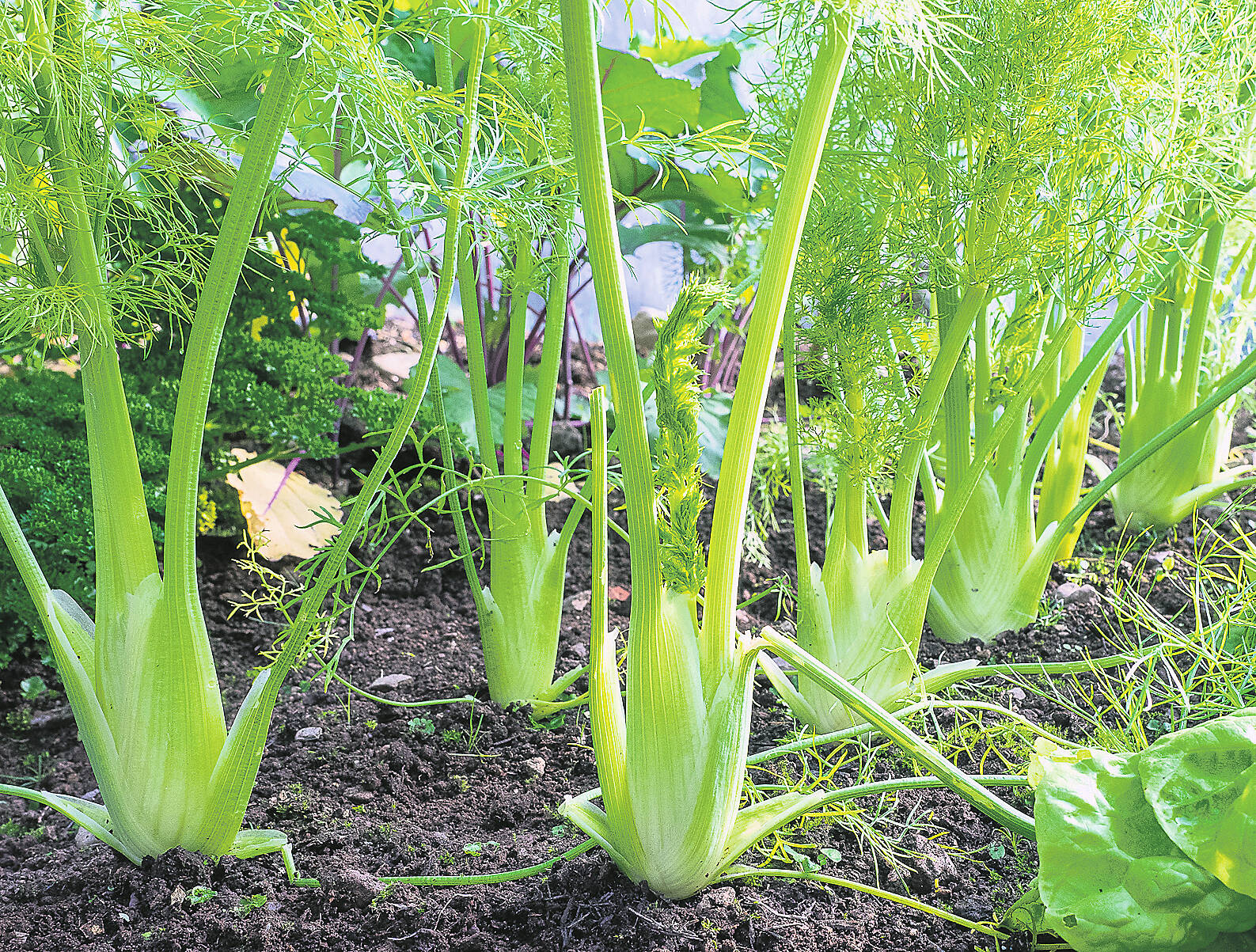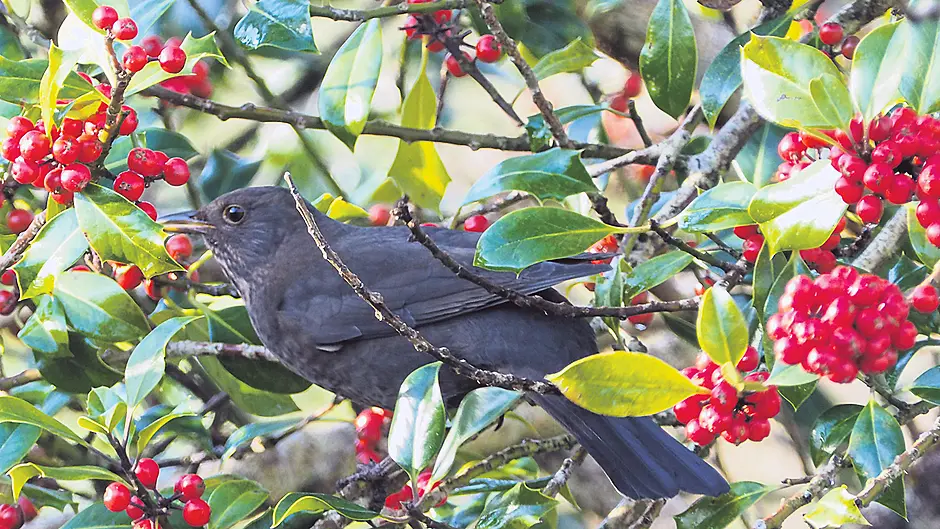The garden is settling down towards winter and there isn’t much pressure to rush out there at the moment. If the weather is bad, then you may simply pick what’s needed for dinner and make a mental note of which trees you will prune when the weather improves. Things happen more slowly in cold weather and you can take the time to decide which jobs you might tackle in the coming months.
This will mostly be a case of pruning and cutting back, but there’s also the maintenance of structures: check bed edging, taps, paths, raised beds, outdoor containers, tree stakes, ties and latches. Check tools and take a look at compost covers, then make sure cloches and sheet bed coverings are weighted down well. It’s much easier to spot what needs fixing when the garden is stripped back and less crowded.
Make a list, in order of priority, and tick maintenance tasks off as you do them over the next three months. There’s plenty of time and there is no particular rush, but the garden will be the better for your attention when spring comes around.
Last tomatoes
In a mild winter, plants can keep cropping to the end of the year. This is only possible if plants are growing in a greenhouse or polytunnel and it isn’t advisable to leave them grow this long if they show signs of blight or mould. Some plants have little fruit left and many fruits have thin skins that split before they ripen.

Be brave and make a decision. Harvest tomatoes and remove plants before they scatter mould spores throughout your growing space. Green fruits will ripen indoors if they are left among some red ones – you can still eat tomatoes for a couple of weeks as they ripen at different times.
Take care when removing poles – they can rip polythene if yanked hard upwards. Check the ground meticulously and remove any fallen tomatoes and foliage. Leave the bed as clean as possible if you want to avoid the spread of disease into next year’s plants.
Don’t put tomato plants on the compost heap. Add them to a separate pile, the same as for potato haulms.
Cover this with polythene until everything breaks down – you can add the rotted material to a good heating heap next year if you know it is hot enough to kill spores.
Florence fennel
Fennel grows surprisingly well in a polytunnel through the winter. Plants may fail if we get prolonged sub-zero temperatures, but these are the exception and usually our weather leans towards the mild end.

If you sowed seed in August or September, plants may seem small and delicate now. Don’t worry. They keep growing whenever temperatures are above 7C and they will put on a growth spurt to be ready in late winter/spring.
July sowings should already have some good small bulbs now and these will be ready to use around Christmas time.
Planting plans
Bare-rooted fruit trees and bushes can be planted out over the next three months. If you buy trees in large pots then the planting time is extended, but take care to keep them watered and frost-free until you are ready to plant out.
A bit of planning goes a long way. Work out how many trees you want and how far apart they need to go. Don’t crowd them in and don’t overestimate how many apple trees you might need. Get a mix of varieties – you may have luck with a random young tree from the supermarket, but choosing ones at a garden centre is usually a more reliable method. Get later flowering varieties if you live in a frost pocket and make sure you have two or three trees in flower at the same time if you want good pollination. Ask for help at the garden centre if needed. Staff often know which varieties are the most successful in this climate.
Berries and birds
I usually say to leave some berries on bushes and fruit on trees, so birds have a natural source of food in a hard winter. But we all like our bit of holly at Christmas and the birds are doing their best to get there first. Fieldfares and blackbirds will strip holly berries as soon as they ripen.
You can cut a few branches and push them into damp soil in a greenhouse, or into a bucket of damp sand in a light shed. Another option is to choose a couple of branches to leave on the tree – wrap them loosely in fine mesh crop cover or hang some old DVD’s nearby. You only have to keep the birds off your chosen branches for a couple of weeks and then you can cut them and bring them inside. Take care not to knock berries off when unwrapping.








